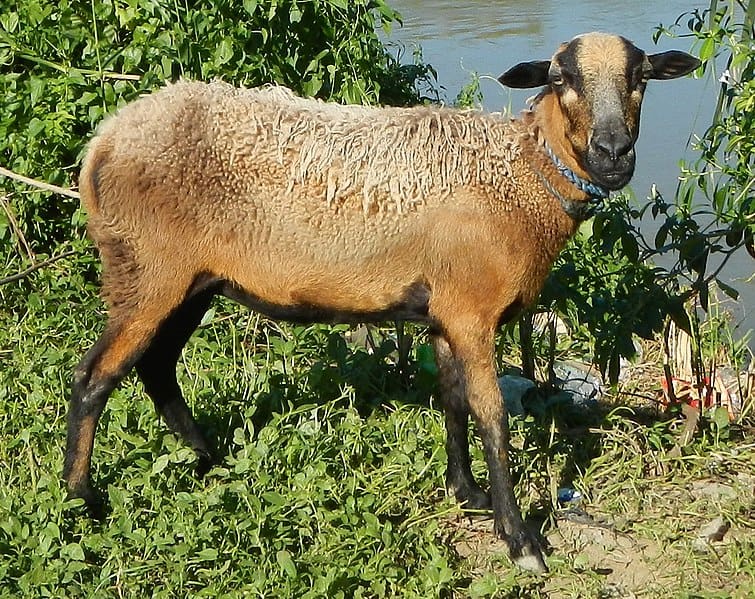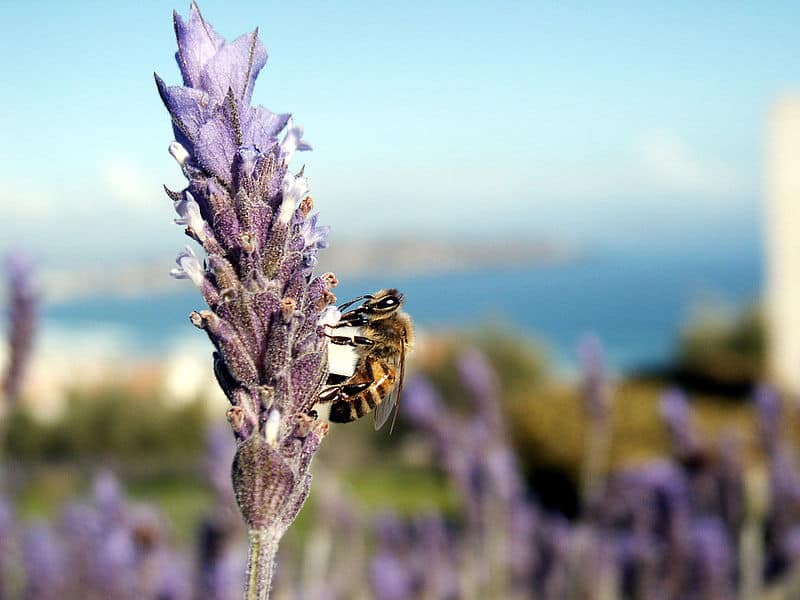Whether driven by morbid curiosity or in pursuit of offspring with desirable characteristics, humans have selectively bred hybrid species of plants and animals for centuries. Animals like dogs and horses have been bred by humans to enhance certain characteristics in offspring, including hunting ability, speed, and aesthetic. Of course, there have also been cases where hybrid animals have been born in the wild to parents of different, but similar enough, species.
Liger

The liger, an iconic hybrid animal, is a blend of a lion and a tiger. These magnificent cats have never occurred naturally, in particular because lions and tigers don’t typically share the same habitat range. However, in captivity, where lions and tigers coexist, there have been a few cases of a liger being born. A liger is born from a pairing between a male lion and female tiger; this makes ligers distinct from tigons, who are born from a pairing between a male tiger and a lioness.
Zonkey

The zonkey is born from the union of a zebra and a donkey. Although rare, zonkeys have been born in the wild, particularly in Southern Africa where they are found in close proximity. However, zonkeys are typically born as a result of human intervention.
Beefalo

The beefalo, born from a pairing between a domesticated cow and an American bison, is a classic example of an animal bred to benefit humans. These hybrids have largely been bred for their meat, as they are larger than cattle and more docile than bison.
Hinny

Hinnies and mules are both born from a pairing between a horse and donkey; however, hinneys are the offspring of a male horse and a female donkey, a reciprocal cross to the mule. Mules are more likely to occur naturally, whereas hinnies are more often born as a result of human intervention.
Dzo

The dzo is a hybrid born from the union of a yak and domesticated cow. These animals have been bred in eastern Asia as stronger work animals in the rugged mountainous terrains. Further, they offer more meat and with better milk production.
Wholphin

The wholphin is a blend of a false killer whale and a bottlenose dolphin. Wholphins are typically born as a result of controlled breeding programs in marine parks and aquariums; however, there have been rare reports of them being observed in the wild.
Geep

Geeps, sometimes referred to as shoats, are an amalgamation of a goat and a sheep. These animals are very rare as sheep and goats are more genetically different than other animal parents in this list. Offspring are nearly always stillborn; however, there have been occurrences of geeps being born both in the wild and in captivity.
Leopon

Leopons are born as a fusion of a leopard and a lion. Although leopards and lions can often be found in the same habitats, they won’t typically interact. Leopons occur through deliberate crossbreeding in captivity.
Killer Bees

Killer bees, also known as Africanized honey bees, are a hybrid subspecies resulting from the crossbreeding of African and European honey bees. Killer bees occurred unintentionally in the wild when African honey bee queens were introduced to South America in the 1950s where they interbred with local European honey bee populations. They were named “killer bees” due to their invasiveness and aggressive behavior.
Blood Parrot Cichlid

The blood parrot cichlid is a vibrant hybrid fish born from pairing between a Midas cichlid and a redhead cichlid. These fish have become increasingly popular as aquarium fish due to their striking colors. These fish were bred in captivity and are often born with anatomical deformities, such as an undersized mouth, which makes it hard for them to eat properly.
Ethical Considerations of Selective Breeding

Selective breeding has resulted in every one of our beloved pet dogs, and the consequences, good and bad, can be explained by looking at different dog breeds. Border collies are highly intelligent dogs that are skilled at herding sheep, a very useful skill employed by farmers worldwide. German shepherds can be trained to accurately and acutely detect drugs, dead bodies, and follow scent trails. However, both these breeds are prone to hip dysplasia, a result of many years of inbreeding. Furthermore, Boston terriers and pugs, among others, have major respiratory issues and can live their entire lives in pain.
Conclusion

Hybrid animals, whether bred naturally or by humans, prompt important questions about biodiversity, conservation, and the ethical considerations surrounding genetic manipulation. Furthermore, they may give us insights into the evolution of species on Earth.
What do you think?
You may also like:
Join our Forum for free today!

- Glow-in-the-Dark Sharks & Other Fascinating Bioluminescent Fish - July 10, 2024
- Why Flamingos Are Totally Hardcore - July 3, 2024
- Nuclear Tech to Combat Poaching: Radioactive Rhino Horns - July 2, 2024

